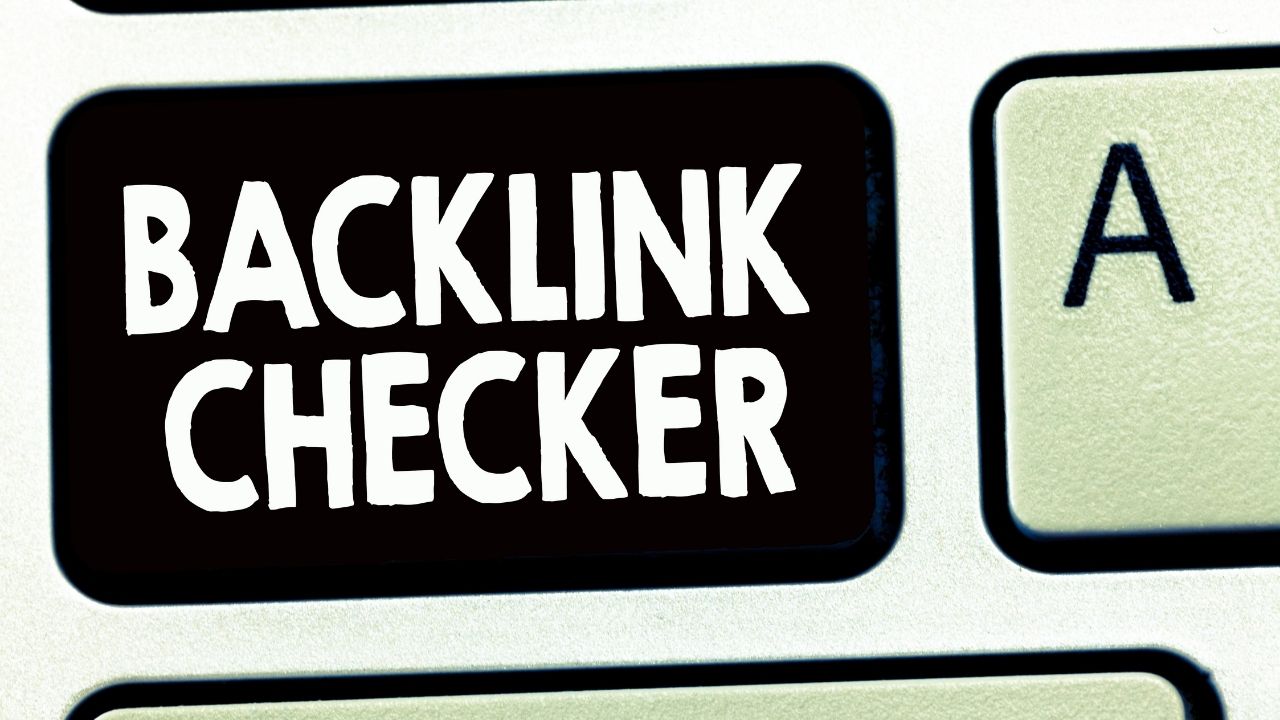
Migration of a website can bring up many issues. These are the risks and steps you can take to minimize them. You can follow the steps to ensure a smooth transition. Don't forget to back up your website before the migration begins. This will be a great backup in the event of an error. A comprehensive rollback plan is necessary to ensure that your website runs smoothly from the beginning. This will help you iron out any kinks prior to the launch.
There are many issues with website migrations
Before you begin a website migration, it is important to know what your desired outcome is, as well as what you'll need to migrate. This will allow you to assign tasks. You can assign different tasks to different people so that everyone does not fall through the cracks. Identify the goals of the migration and assign each person a role. Know the URLs of your website, as well as any internal or external links and priority pages. You can use a checklist to assign tasks and stay organized during the process.
Before you start a site move, you should understand the impact on content. It is possible for content that is too old, too new, or not compatible with the new CMS to be incompatible. Missing image-ALT text and meta descriptions can cause migration failures. URL paths may differ between CMSs. Shopify stores URLs under Collections, but WordPress puts them under Categories. To modify old URLs, you may need to manually migrate content from Shopify to WordPress. This is a possibility if you don't want to waste time and frustration.

There are ways to reduce risks
Changes to server platforms can cause serious problems. Changes can have a significant impact on SEO rankings and conversion. It could take several months or even decades before you notice any tangible results. You need to be aware of the risks involved in migrating a website. These are some of the most crucial steps that you should take. These steps should not be considered exhaustive, but they will provide you with a basic understanding of how to minimize risk.
Register your domain using Google Search Console or Bing Webmaster Tool. Google and Bing must be notified about your XML Sitemap. Your previous domain might have a security certificate that has expired and will prevent people from finding your new website. Once your new website is free from security issues, it's time to prepare for the next phase: post-migration. You should see some results in a matter of weeks.
Website migration involves key stakeholders
It is important to include all stakeholders in the planning of a website move. You can gain insight into user demand by analyzing traffic patterns and Google trends data. When you are able to schedule the migration during quieter hours and have sufficient staff resources, and make sure that the schedule is based on agreed-upon goals. The migration may be scheduled around the beginning and end of the year for businesses with a strong online presence.
Before migrating a website, you should consider the impact of your new domain on brand recognition and authority. A marketing campaign may be necessary before you make the changes. Also, be aware that Google takes security seriously, and a change to an insecure protocol could negatively impact your search rankings. Your website migration will be successful, and your revenue and organic traffic will increase. These are just some of the considerations to make when planning your website transfer.

Steps to plan a successful migrating
Planning is key if you plan to migrate your website between hosting services. While one person can make mistakes, a team of people can ensure your website migrates smoothly. Dev and staging environments should have the same databases, settings, and tools as your live site. Your content URLs should follow the same guidelines. In addition, you should keep your old site live so that customers can use it while you migrate your site to a new hosting service. It will also serve as a reference when you modify content on the new website.
As much as possible, make a timeline for the entire migration process. It's easy to create a timeline once you have completed all the steps. Break the steps down into deliverables, assign the appropriate teams, and set realistic deadlines. If you don't want to write it out, try using a project management tool. Once you have completed the first step, ensure that your team communicates well and works together on the second.
FAQ
How long does it take for SEO to generate traffic?
The average time it takes to generate traffic via SEO is 3-4 months. It depends on many variables.
-
Site content (quality)
-
Backlinks
-
Targeted keywords
-
Competitor rankings etc.
SEMrush provides a free trial to help you get started in SEO. The powerful platform allows you to track all aspects of your SEO campaign including competitor research, backlink profile and top pages. You can also view local listings, organic traffic stats and reports.
How much does SEO cost?
SEO costs can vary depending on the company's size, industry, budget, and other factors. While smaller companies might only need to spend a few hundred dollars a month, larger companies can expect to spend thousands a month. Use our SEO calculator for a free estimate.
What are some of the best tools to do on-page search engine optimization?
Video embeds (image alt tags), structured data markup, video and internal links are all great for on-page SEO. This article will provide more information about these issues.
Statistics
- : You might have read about the time that I used The Content Relaunch to boost my organic traffic by 260.7%: (backlinko.com)
- A 62.60% organic traffic boost to that page: (backlinko.com)
- Sean isn't alone… Blogger James Pearson recently axed hundreds of blog posts from his site… and his organic traffic increased by 30%: (backlinko.com)
- If two people in 10 clicks go to your site as a result, that is a 20% CTR. (semrush.com)
- And 90%+ of these backlinks cite a specific stat from my post: (backlinko.com)
External Links
How To
How can I tell if I'm doing SEO well?
There are several ways that you can determine if your SEO is doing a great job.
-
Your bounce rate should be less than 30% - users leave your page without clicking on anything else. A high bounce rate means your audience doesn’t trust you or isn’t interested in what your company sells.
-
Multiple pages are visited by visitors to your website. This indicates that people are actively engaging with your site, and finding useful information.
-
Your conversion rate keeps improving. This is because your audience is becoming more aware of your products or services and wants them to buy them.
-
The average time spent on your site is increasing. People spend more time viewing your content.
-
This is a good sign that you are doing great SEO.
-
You are receiving more shares on social networks - this means your content is being shared and reaching other audiences than your followers.
-
Forums are receiving more comments - this is a sign that people respond positively and favorably to your work.
-
Engage more with your website by getting more likes (tweets), shares, likes, and likes for posts.
-
Your rank in SERPs is rising, a sign that your hard work is paying off.
-
You are receiving more leads through your website. This indicates that people found your website by accident and are now contacting it.
-
Your sales are growing. This means that people who come to your website looking for products and services are now purchasing them.
-
A blog post that gets more views/comments shows that people find it interesting and useful.
-
More subscribers mean more customers to your email list. This shows that people are able to trust you enough to sign up for updates about your company.
-
Sales are rising. This is a sign that people like your products so much they are willing and able to pay for them.
-
You have more social media followers, which means that your fans are sharing your content and engaging with you brand.
-
This means that journalists are talking more about your brand online. This helps spread awareness about your company and boosts your reputation.
-
You're being recommended more often - this shows that other companies also recommend your brand.
-
Your website is popular because people keep coming back to it. This indicates that customers are happy and will continue to come back for your services.
-
Your competitors are losing ground. This is because they didn't spend as much on their SEO campaigns, which makes them look bad.
-
Your brand image is changing. This indicates that your brand popularity is growing among a new customer base.